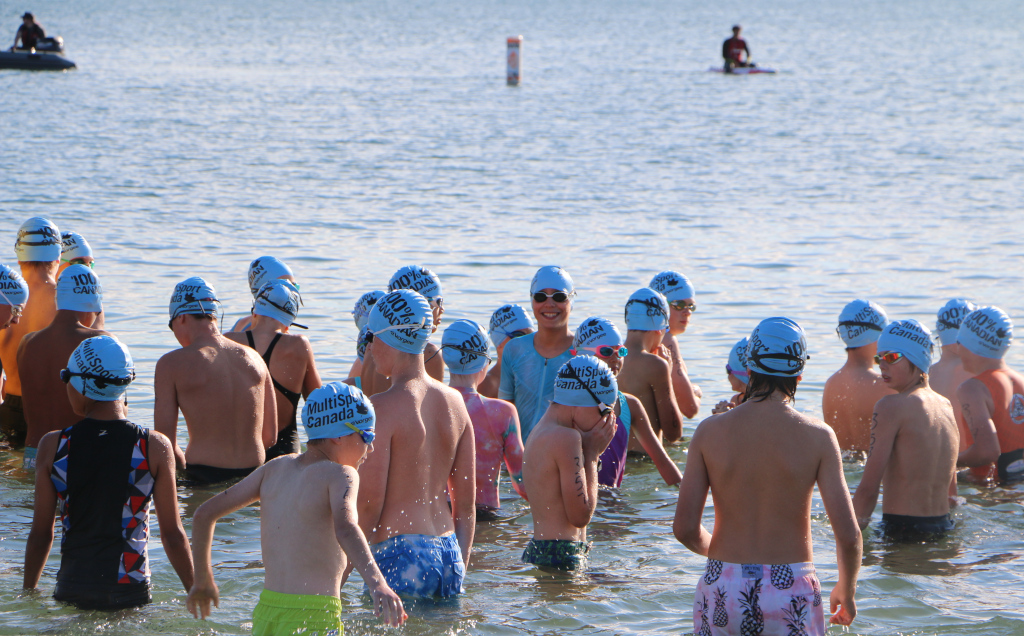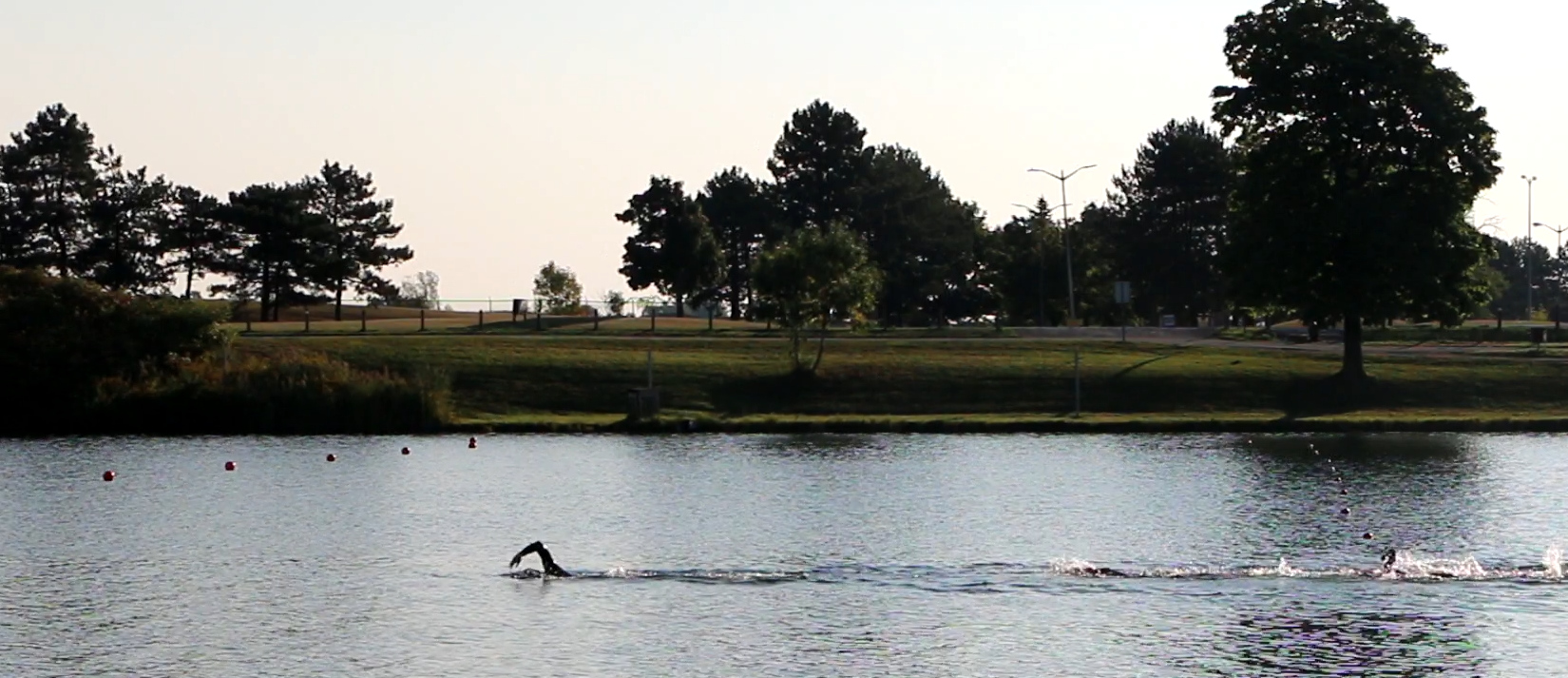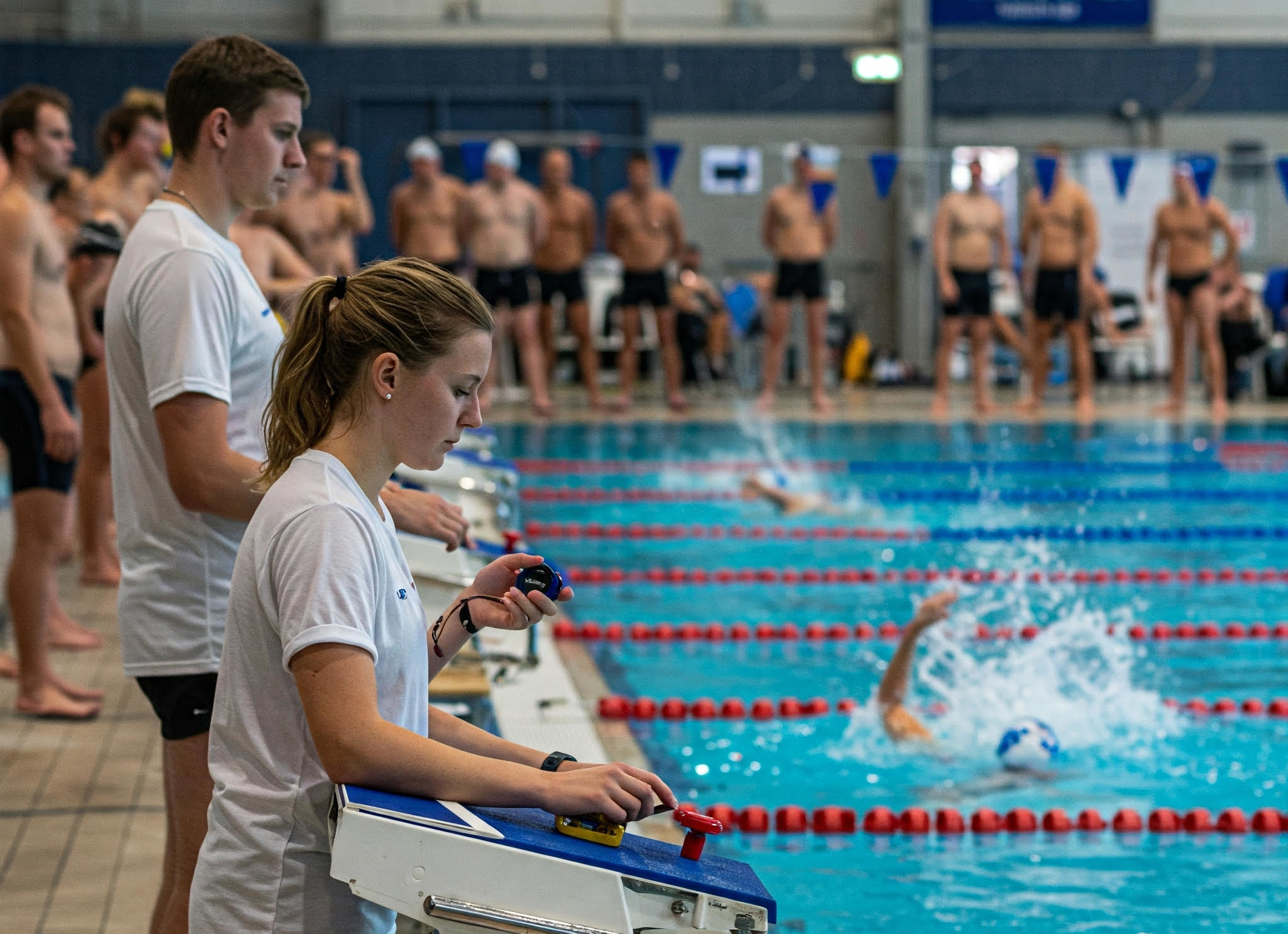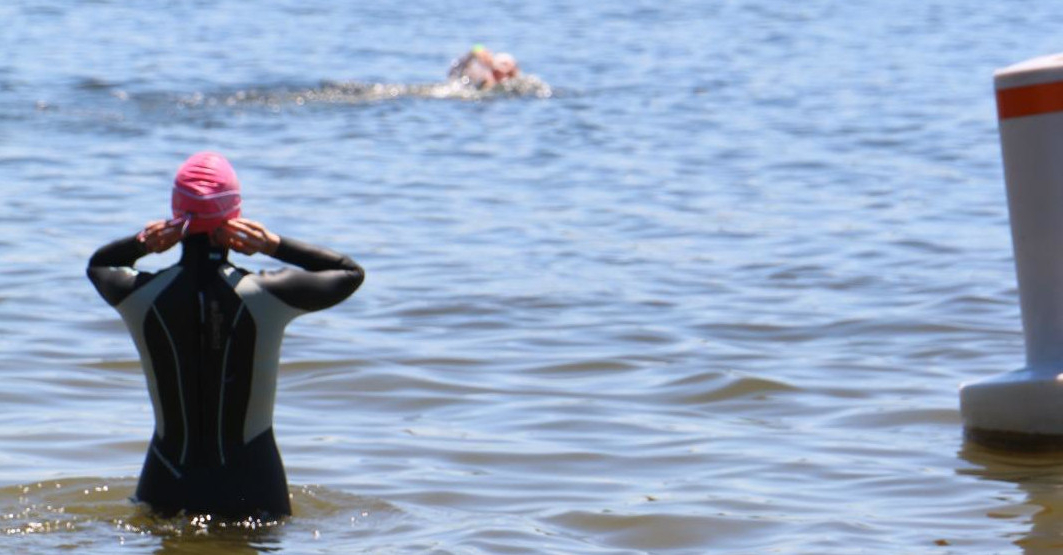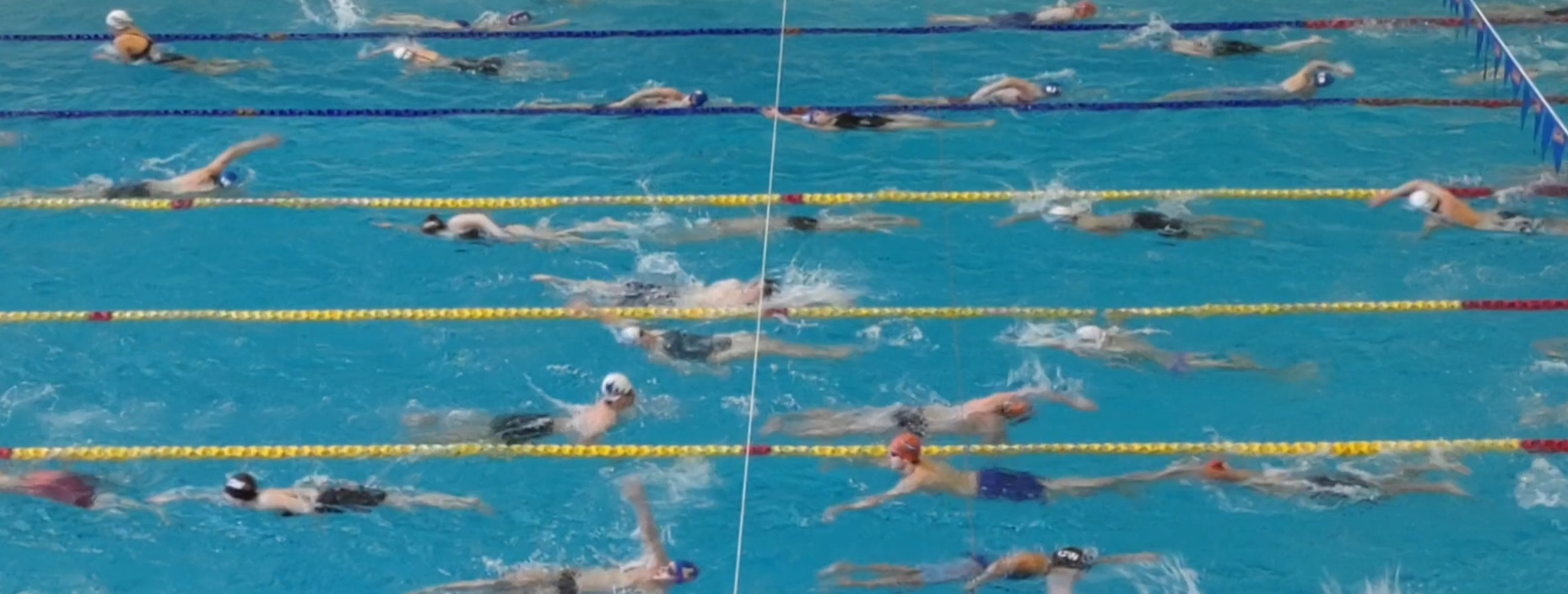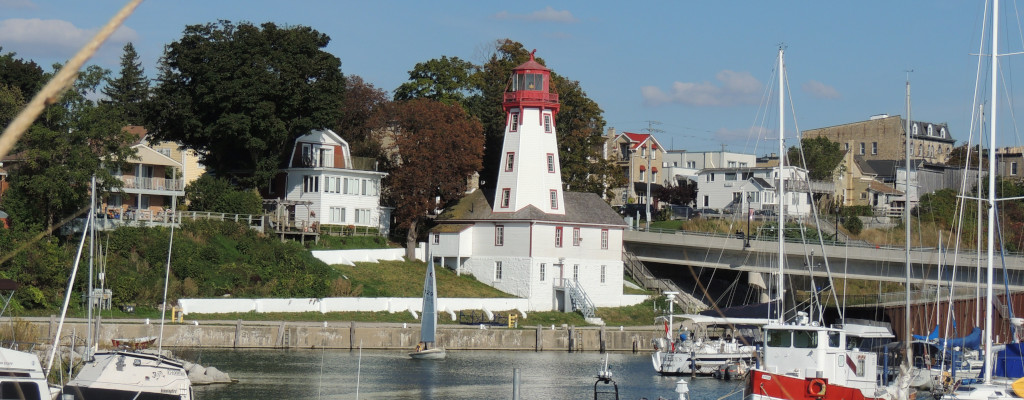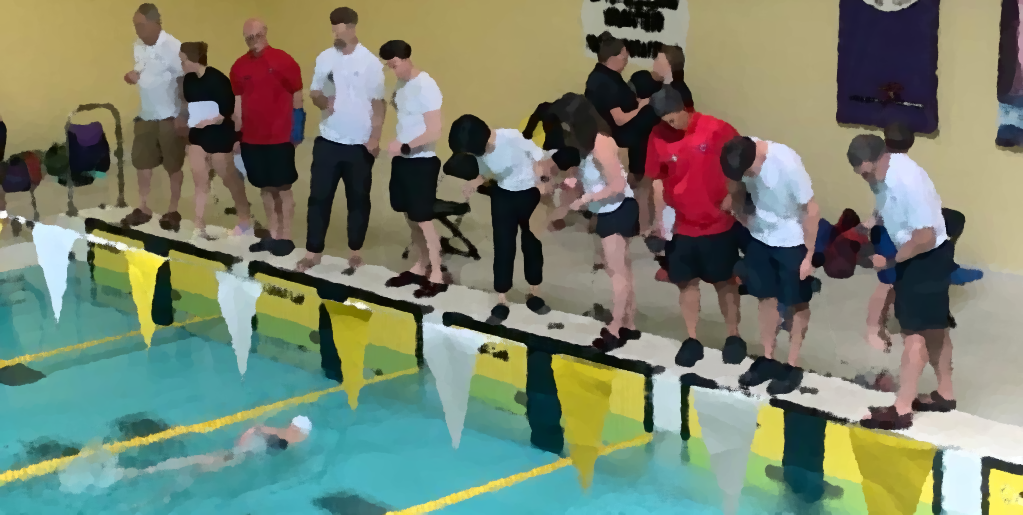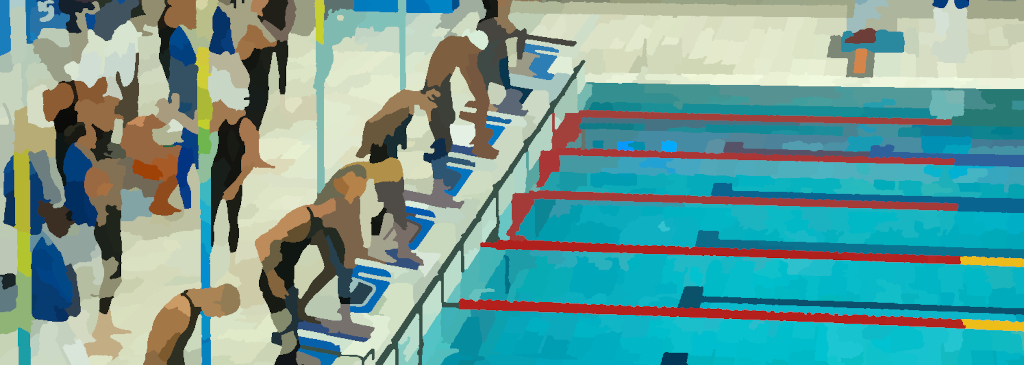The swimming pool is a controlled environment with many safety measures in place to ensure the safe practice of swimming. It is expensive to maintain a pool because the facility needs to keep more than a million litres of water constantly clean, surrounded with fresh air on deck, and have at least two active lifeguards available at all times. But everybody agrees that the benefits vastly surpass the costs.
In Canada, having indoor pools helps the community to continue to be active during cold seasons, but pools remain busy even during the summer. Of course, staying active is the priority, but swimming in pools is like running on tracks. It gives a limited perspective of the swimmer's potential. We have oceans, rivers, and lakes out there to explore. We have swim marathons, open water championships, crossings, fishing, triathlons, and more to experience. A true swimming career goes beyond the walls, out of the box.
We recognize that swimming in the open is getting out of our comfort zone. The water is usually colder, deeper, and not treated with chemicals. It's considered safe for swimming when there are tolerable levels of pathogenic bacteria and acceptable temperatures (15-24°C). Unfortunately, such measurements are taken less often than in a swimming pool. We also share the water with plants, animals and microorganisms, which depend on organic matter to survive. When it rains, city debris flow into the water, given that lakes, rivers, and beaches are usually the lowest local points. Yet, thousands of people go for a swim in the open, and something bad rarely happens.
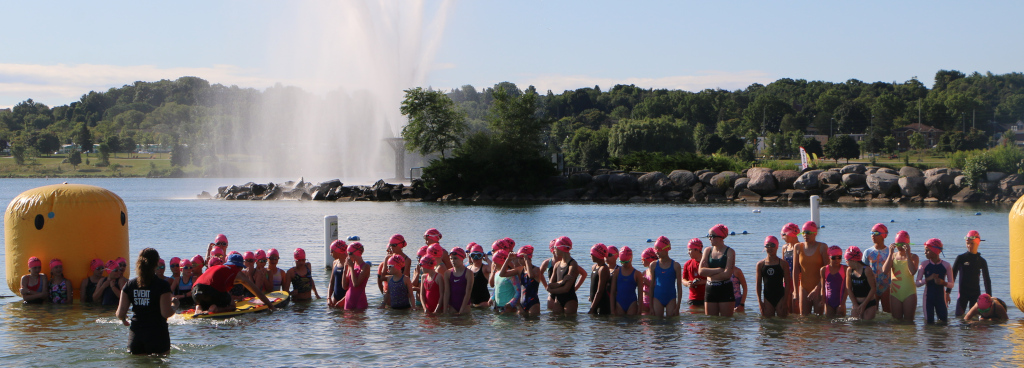
You are good to go as long as you are not immunocompromised, you are healthy, eating well, and the water is reasonably safe (temperature and E. Cole counting). The experience is different from a controlled environment, though:
-
Orientation: there is no lane to guide you. You have to rely on buoys that mark the course, looking at them from time to time to see if you're going in the right direction. While a pool is measured and certified, open water has currents, wind, and waves to mess up your orientation and push you to swim further than necessary.
-
Currents: the water flows in larger areas forming currents. They may affect your speed and orientation. Your feeling of movement is also affected because when you are against the current, you see the water flowing faster around you, but you are not moving as fast as you would like. When you are with the current, you see the water flowing slower around you, but you are actually moving faster. If fast enough, the current can even push you to a dangerous situation. If caught in a strong current, don't fight it. Swim parallel to the shore to escape it. If you can't escape, float or tread water and wave for assistance.
-
The water is dark: unlike the pool, wild water is deep, full of particles, plants, and fish, making it dark. It may cause some discomfort at the beginning, further degrading the sense of space, followed by a claustrophobic feeling, but you get used to the sensation after a few minutes of swimming. Just keep going.
-
Acclimation: the water is usually cold, so you need to get used to the feeling. A reasonable target to aim for is to be comfortable at a water temperature of 15°C. It means training over short periods at colder temperatures and progressively increasing exposure time. Some races allow the usage of wetsuits, but they are expensive, especially for kids, who grow very fast.
-
Change on swim technique: To orient yourself, you have to raise your head and turn your face ahead to see what is in front of you. That's unacceptable in a swim meet, even weird to see, due to its inefficiency in the pool.
-
Mostly freestyle: If your favourite event is butterfly, back or breast, get used to swimming freestyle most of the time in open waters. Due to the long distances, swimmers typically pick the fastest and most efficient style. Backstroke can still be used for fuel on the course, rest a little, make adjustments on goggles and cap, and perform rapid turns around the buoys; and breaststroke to intentionally slow down in a crowded section, but unfortunately, there is no use for butterfly.
-
Chaos: The start of an open water race is chaotic. You will experience the water very agitated, people bumping into each other, kicks and pushes from all directions, and boats passing by. Eventually, swimmers spread out and you conquer your space to find your pace.
-
Strategy required: In fast races like the 50s and 100s, it's all out, with almost no room for strategy. Open water races are at least 1k long, which requires a plan. A common strategy is to sprint the first 100m to detach from the crowd, lock in a sustainable pace for most of the distance, and then build speed in the last 200m to finish strong.
-
Go with a partner: never practice alone; use a buoy for extra safety. Find at least one partner who shares the same goals and schedule practices together. Even better if your swim club organizes such practices.
The fact that open-water swimming is not trivial makes it a valuable activity to increase resilience, endurance, and mental toughness. It offers swimmers a way to better know themselves and their surroundings and enhance their senses through a connection with nature. They may feel pool swimming is easier than it used to be, making them more confident athletes.
Knowing you can do open water swimming will open a whole lot of possibilities. We have seen people hooked to it on their first try. Others have said they felt incomparable freedom when treading in the middle of a lake. The sense of responsibility towards ecological causes also increases as a way to preserve the environment where the sport is practised. So, please take it as an invitation to experiment and explore.
